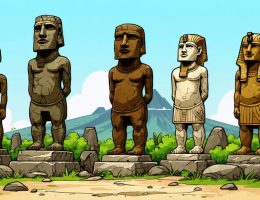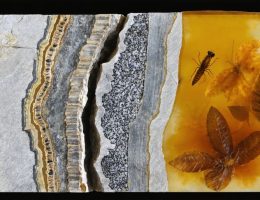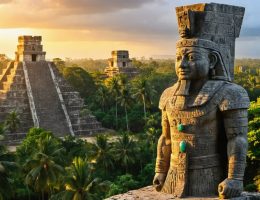Rising majestically from the Georgia landscape, Stone Mountain stands as both a geological marvel and a complex symbol of American history. This massive granite monolith, formed over 300 million years ago, has witnessed centuries of human activity, from Native American settlements to its controversial role in Civil War commemoration. At 825 feet tall and covering 583 acres, it represents the largest exposed piece of granite in the world, but its significance extends far beyond its impressive dimensions.
The mountain’s story intertwines with crucial moments in American history, serving as a gathering place for Native American …







